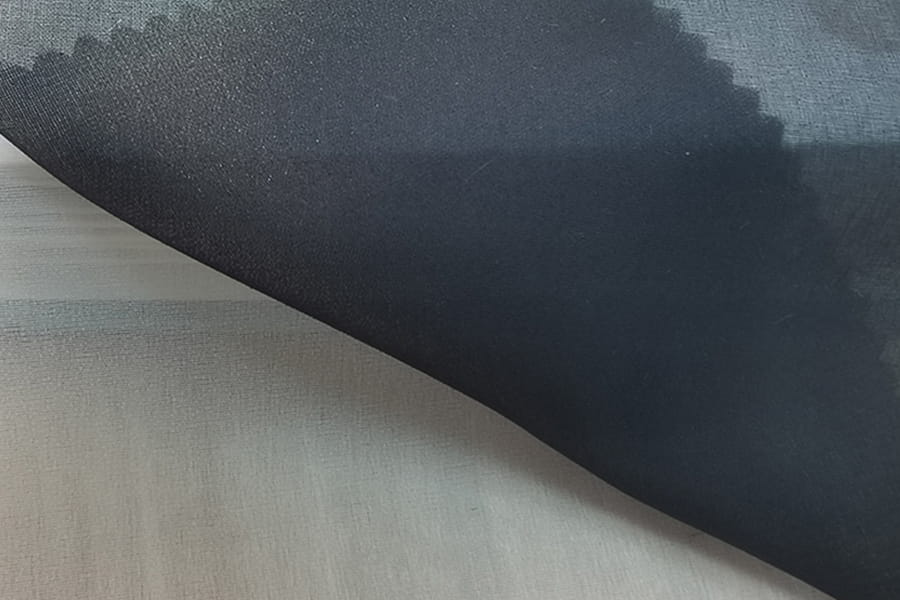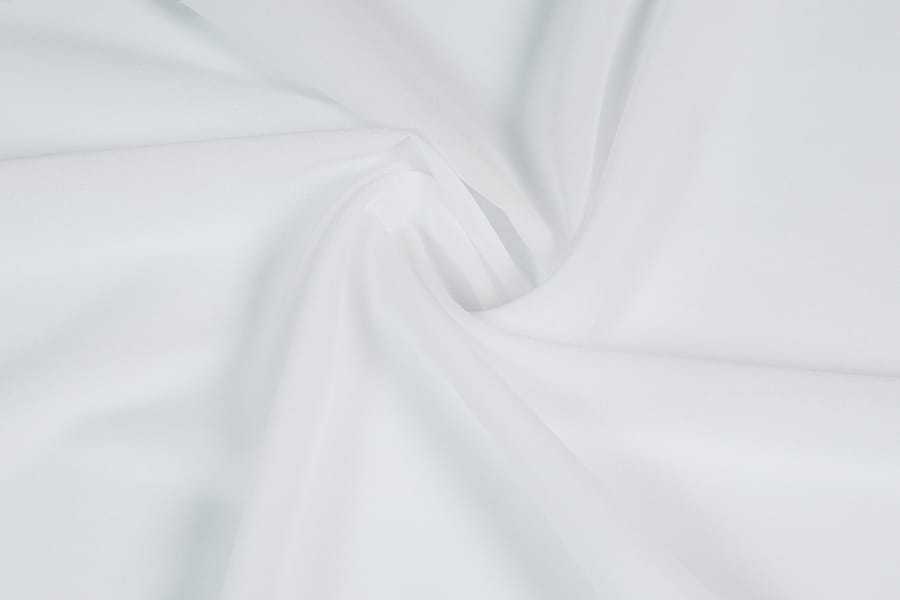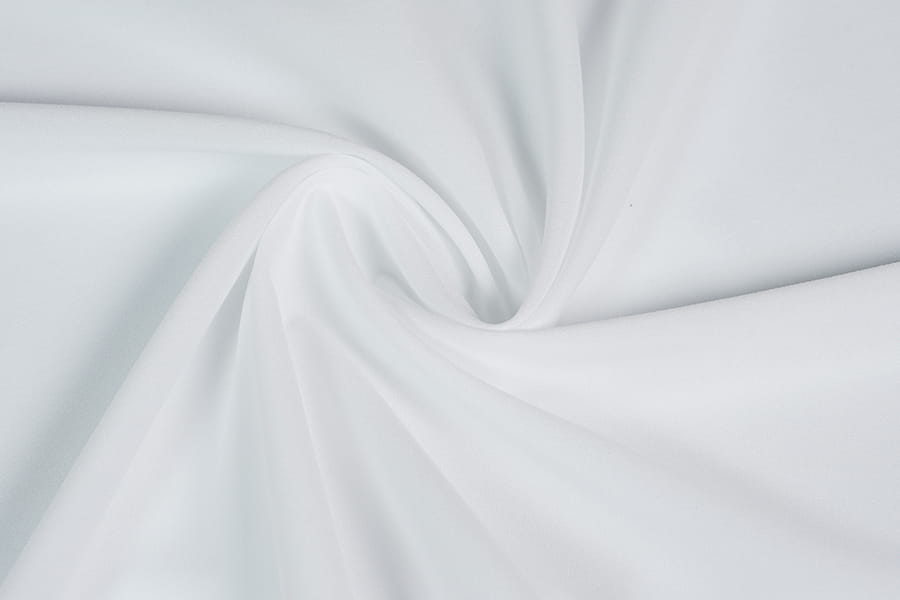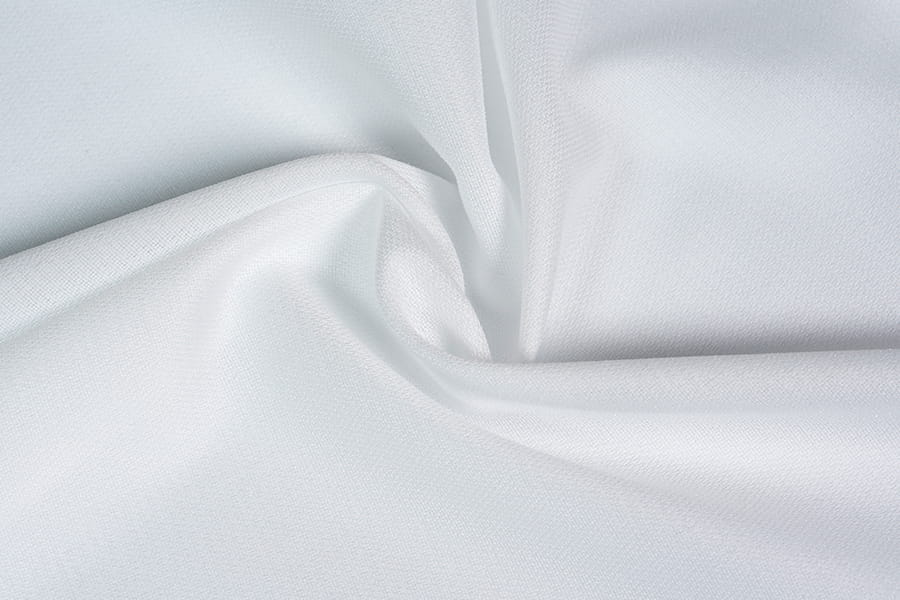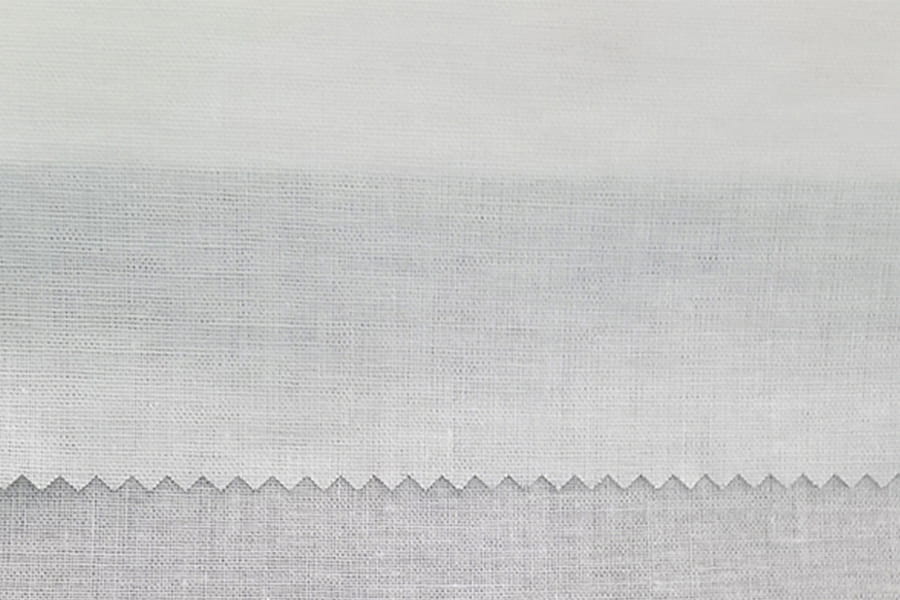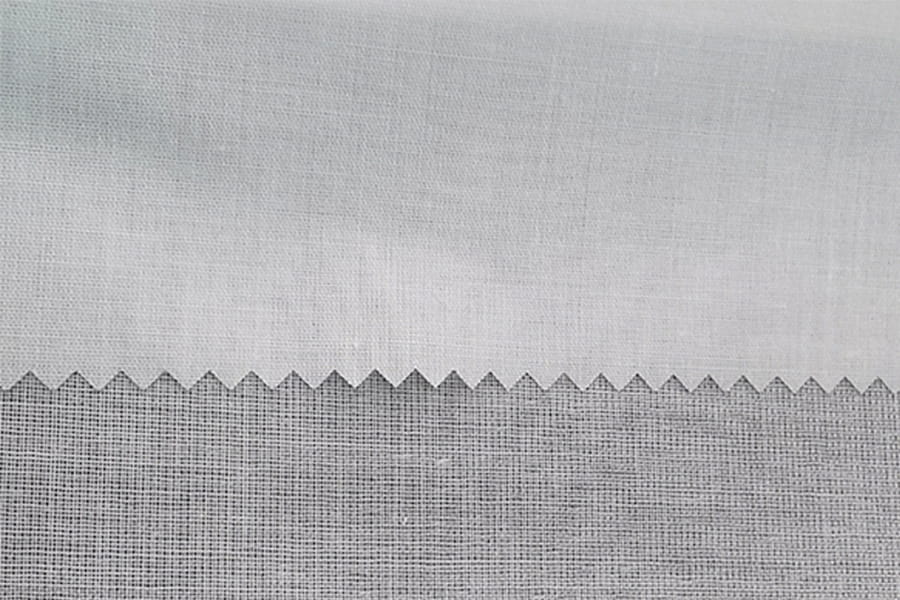Pique Interlock Knitted Fabrics and regular knitted fabrics are both types of knitted materials, but they possess distinct characteristics that make them suitable for different uses. While both are made using knitting techniques, the way they are constructed and the properties they offer can vary significantly. Pique interlock fabric is a specific type of textured interlock knit, which means that its structure is formed by alternating knit stitches in a particular pattern. This creates a fabric with a distinctive raised texture, often resembling a waffle weave or a honeycomb pattern. The raised design is not just for visual appeal; it also enhances the fabric’s durability and breathability. The interlock knit itself is thicker and more structured compared to regular knitted fabrics, making pique interlock more resilient and less likely to stretch out of shape. This added strength makes it a popular choice for items like polo shirts, which require both a certain level of structure and comfort. Pique interlock fabric is also appreciated for its ability to maintain its shape, offering a more polished look that doesn't sag or lose form after multiple wears.
On the other hand, regular knitted fabrics, such as jersey or rib knit, are typically smoother and softer in texture. These fabrics are often made with a simpler knitting technique, where the stitches are more uniform and do not form the raised patterns seen in pique fabrics. As a result, regular knitted fabrics tend to have a softer, flatter finish that feels gentle against the skin. The smooth surface of regular knits makes them highly flexible and stretchy, offering a great deal of comfort and ease of movement. However, while they are comfortable, they don't provide the same level of structure or durability that pique interlock fabrics do. Regular knitted fabrics, particularly those like jersey, are often thinner, which can make them feel more lightweight and breathable, but they are also more prone to stretching and losing their shape over time.
In terms of breathability, pique interlock fabrics have an edge over regular knits. The raised texture of the fabric allows for better airflow, which makes it more breathable compared to smoother knitted materials. This is particularly important for activewear, such as polo shirts, which benefit from the balance of breathability and structure that pique interlock provides. The textured surface of pique also helps to wick moisture away from the body, keeping the wearer cooler and more comfortable during physical activities. In contrast, while regular knitted fabrics are still breathable, they do not allow for as much airflow as pique interlock. The smooth surface of regular knits can make them feel warmer and more form-fitting, which might be desirable in some clothing but less so in others.
When it comes to appearance, pique interlock is often considered more elegant and upscale, making it the fabric of choice for items like polo shirts, golf apparel, and other casual but polished garments. The distinctive texture of the fabric gives it a more refined look, which is why it’s frequently used for professional or semi-formal wear. Regular knitted fabrics, on the other hand, are more commonly used for a wider range of clothing, from t-shirts to dresses, because they offer a simpler, more understated appearance. The lack of texture in regular knits allows for more versatility in terms of design, but it also gives them a more casual look compared to the structured finish of pique fabrics.
In terms of flexibility and stretch, regular knitted fabrics tend to outperform pique interlock fabrics. Due to their lighter weight and the inherent stretchiness of many knitted materials, regular knits can provide a form-fitting garment that moves easily with the wearer’s body. Fabrics like jersey, which is one of the most common types of regular knitted materials, are known for their great stretch and comfort. Pique interlock, while still offering some degree of stretch, is generally less elastic than regular knits. The thicker, more structured nature of pique fabric means that it doesn’t have the same level of stretch, making it less suited for tight-fitting garments but more ideal for those requiring more shape and form.

 English
English 中文简体
中文简体 русский
русский Español
Español